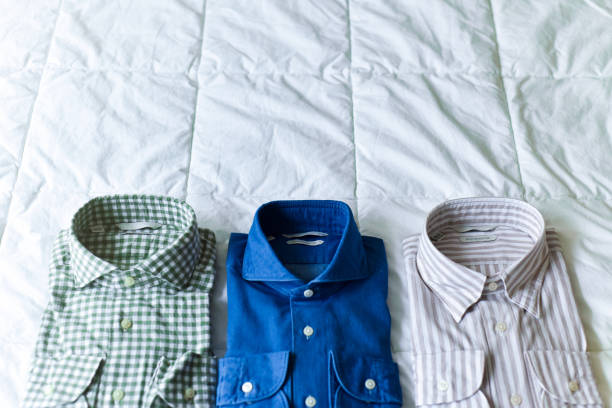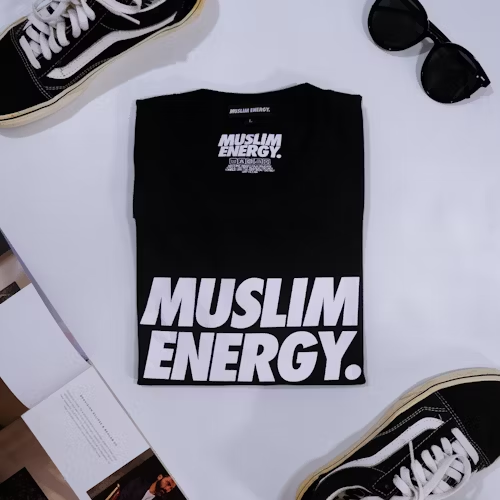MOQ (Minimum Order Quantity) plays a pivotal role in custom apparel orders, affecting cost management and production efficiency. For retailers, wholesalers, and buyers, knowing how to navigate MOQ can make or break your apparel orders. Below are key insights that will help you make informed decisions.
MOQ is the minimum number of units a manufacturer requires to process an order. There are three types: product-level, order-level, and complex MOQ. Understanding each type helps streamline purchasing and avoid unnecessary costs in the custom apparel business.
What Are the Considerations for MOQ?
- Cost Breakdown: Consider production, shipping, storage, and raw materials.
- Business Scale: Larger businesses can afford bigger MOQs; smaller businesses need more flexibility.
- Flexibility: Some suppliers may offer adjustments based on your order frequency or long-term contracts.
What Is MOQ in the Garment Industry?
- Definition: MOQ is the minimum number of units a supplier will accept in one order.
- Variation by Product: T-shirts might have a lower MOQ than hoodies due to production complexity.
- Customization: MOQ may vary for custom designs and materials.
What Are the Rules for MOQ?
- Refusal of Smaller Orders: Suppliers may refuse or charge a premium for orders under the MOQ.
- Higher Unit Costs: Smaller orders can result in higher per-unit prices to cover production costs.
- Negotiation: Some manufacturers may allow flexibility for established relationships or larger contracts.
What Are MOQ Requirements?
- Industry-Specific: Different manufacturers set different MOQs for various apparel types (e.g., T-shirts vs. streetwear).
- Supplier Terms: Always check a supplier’s MOQ before placing an order to avoid surprises.
- Order Strategy: Align your order size with expected sales volume to avoid overstocking.
How to Negotiate MOQ for Your Custom Apparel Orders?
- Build Relationships: Establish long-term relationships with manufacturers to gain better terms.
- Order Frequency: Some suppliers may reduce MOQ if you’re a frequent buyer.
- Consider Group Orders: If you can’t meet MOQ, consider collaborating with others to pool orders.
What Impact Does MOQ Have on Your Business?
- Cash Flow: Higher MOQ means larger upfront costs, affecting cash flow.
- Inventory Management: Overstocking can lead to storage issues and reduced product turnover.
- Profit Margins: Lower MOQ may raise unit costs, impacting your profit margins.
How to Manage MOQ in Small Apparel Orders?
- Look for Suppliers with Lower MOQ: Some suppliers offer lower MOQ for specific product types or startups.
- Dropshipping: Explore dropshipping for small businesses to avoid inventory risks.
- Order in Bulk: If possible, plan orders in bulk for future sales to meet MOQ requirements.
Summary:
Mastering MOQ in custom apparel orders is key for retailers and wholesalers to control costs and inventory. By understanding MOQ types, negotiating with suppliers, and aligning order volumes with sales, you can optimize your purchasing strategy and improve profitability.








